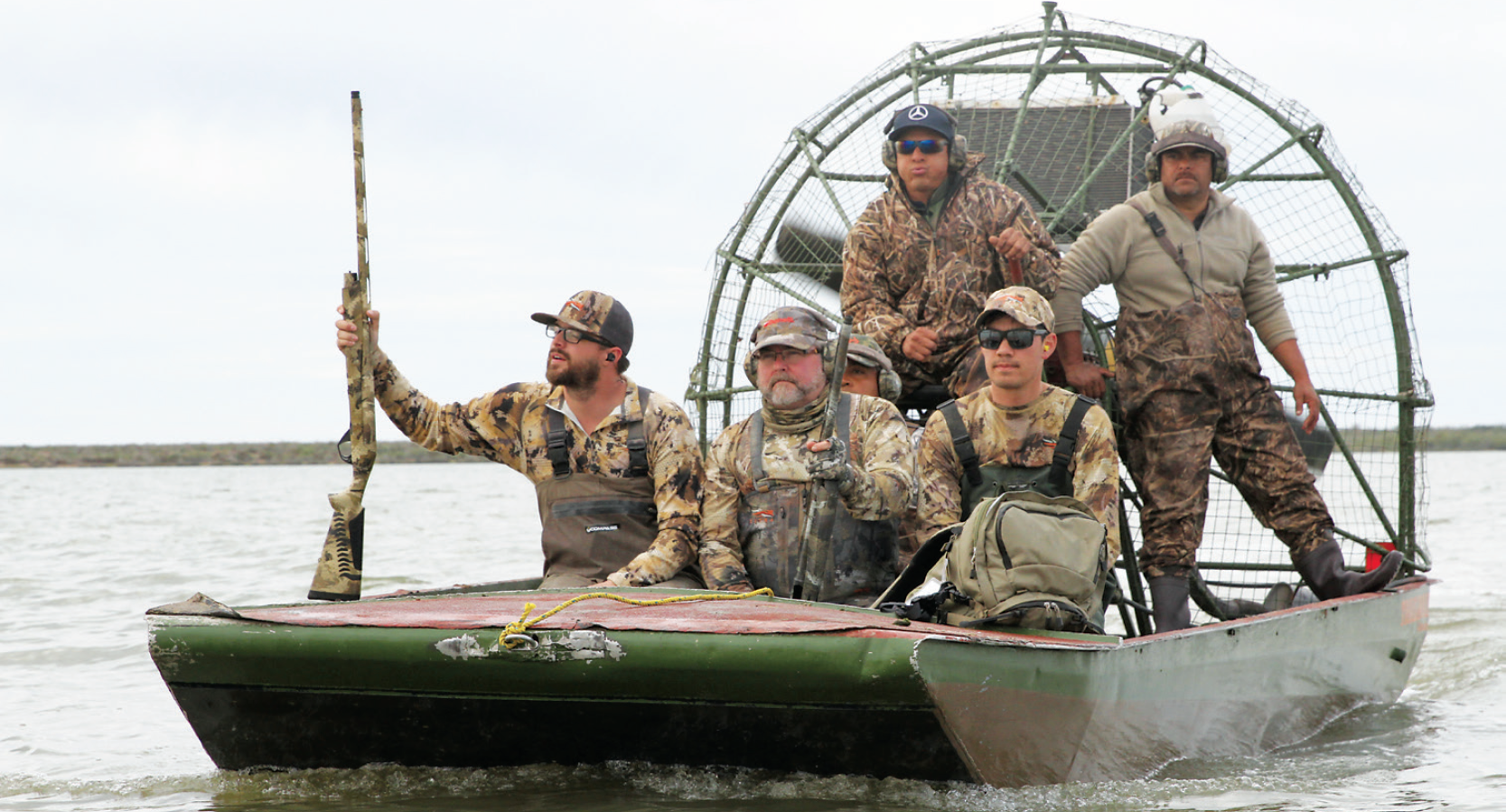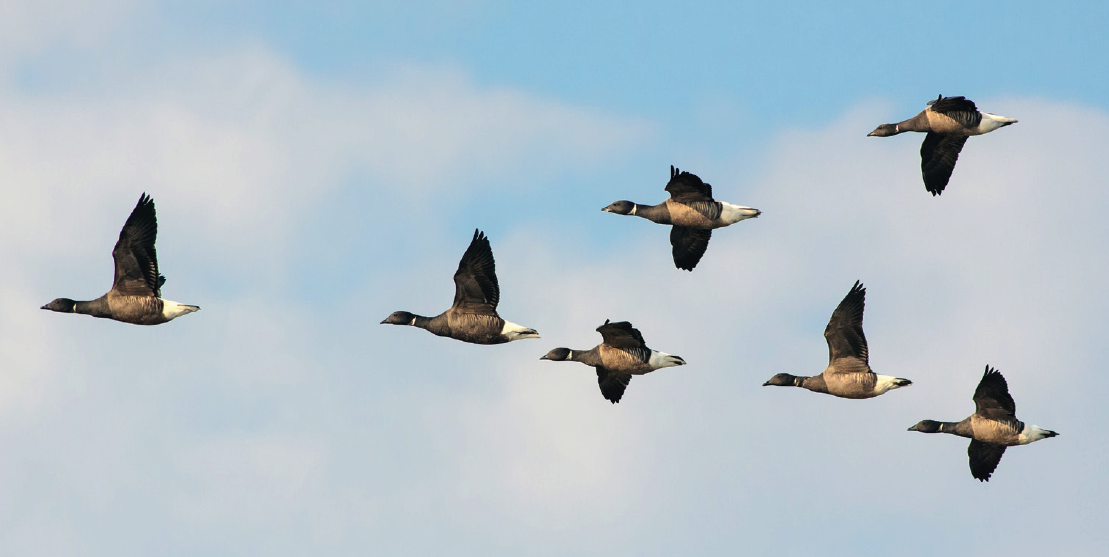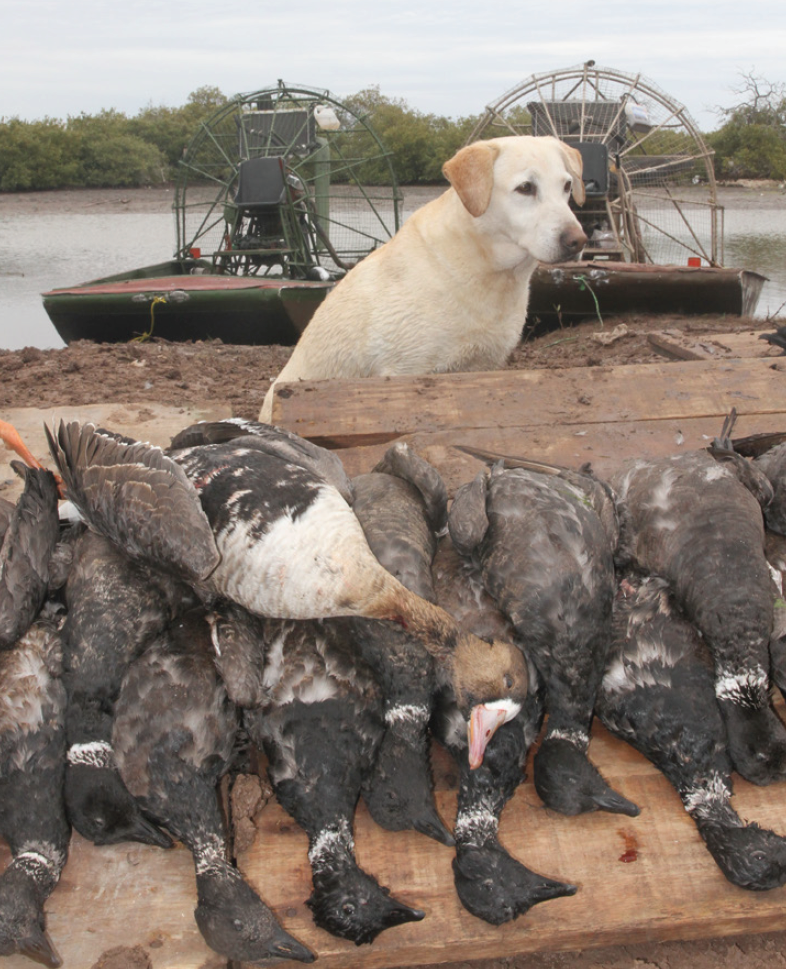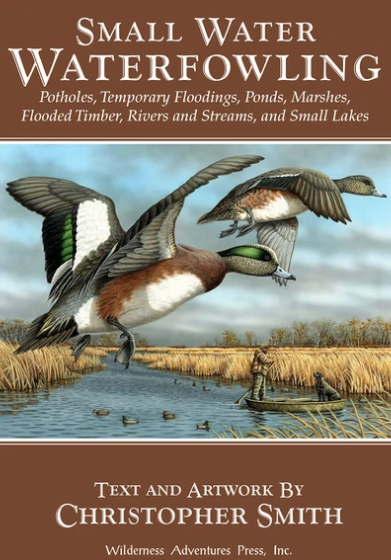“Peens” Over Cortez
June 25, 2020



 Hunting,SCA Articles
Hunting,SCA Articles

Mexico offers spectacular waterfowling for those bold enough to travel there.
Back somewhere near 1913 when the Mexican government was chasing Poncho Villa around the desert, one of the finest literary figures of the day, Ambrose Bierce, felt compelled to chase the procession. The last thing the scribe is known to have ever written was a letter to home:
“Good-bye,” he penned. “If you hear of my being stood up against a Mexican stone wall and shot to rags please know that I think that a pretty good way to depart this life. It beats old age, disease or falling down the cellar stars. To be a Gringo in Mexico—ah, that is euthanasia.”
Today, Mexico’s reputation is probably worse, though it remains one of the few places on the globe where a person can get 5-star service at 3-star prices. It seems every time I hop out of an automobile there, some smiling someone is handing me a cool libation, hors d’oeuvres or, in this case, a Benelli SBE3, boxes of 3-inch mags and a set of earmuffs for the airboat jettison to a duck blind. That’s because underneath the dangerous reputation is a waterfowler’s paradise. And when your duck blind is hidden somewhere amid the port of Sinaloa, well, that only adds to the adventure.
 In a roaring wave of camo and wind, we were soon set up behind a screen of machete-cut mesquite branches stuck into the mud to form a blind. Our hide was on the tip of a jungly point in a couple feet of water, one of several points amid a big bay cut off from the sea only by a thin barrier of land. Old tires supported a plywood shooting platform a foot above the water to account for the rising tide.
In a roaring wave of camo and wind, we were soon set up behind a screen of machete-cut mesquite branches stuck into the mud to form a blind. Our hide was on the tip of a jungly point in a couple feet of water, one of several points amid a big bay cut off from the sea only by a thin barrier of land. Old tires supported a plywood shooting platform a foot above the water to account for the rising tide.
As I set down my bag and dug for my calls, I quickly realized I wouldn’t need them. Silhouetted upon a tequila dawn, I could clearly see the long-tailed shapes of pintail—in twos, fours and sixes—as they whistled by with the wind and quartered directly over us like ants to ice cream. Despite not being able to see the iridescent greens and almonds of the full-plumaged sprigs, it already beat most anything I’d ever seen in terms of pintail numbers anywhere in the world.
For a duck hunter like me, it was a show of shows, and it was almost difficult to begin shooting for fear the show might end. But my fears, like of Old Mexico itself, proved unfounded.
By 8 a.m. the sun sparkled off the wind-born ripples of the Sea of Cortez, turning its muddy salt bays to bronze. All morning the birds grooved a flight path over the blind that made the close-range pass-shooting some of the most enjoyable I’ve had—most enjoyable because I don’t think my partner, Ben Peterson of Delta Waterfowl, nor I chased a single cripple. The sun lit up the birds royally, allowing us to pick only the mature of drakes and fold them painlessly onto the shallow flat with one shot from our loaner SBE3s. The sea breeze would eventually scull them to our feet along with our spent hulls, a wonderful service for which we didn’t even have to tip.
Have you ever been to an all-you-can-eat crab leg buffet where, before walking through the door, you’re convinced you’ll eat the place out of business? Pretty soon—as you begin to feel queasy—you realize that doing so would be impossible and, in fact, it would be better for everyone including yourself if you ate reasonably and left some for the other patrons?
Well, in Mexico, there are bag limits on ducks. Frank Ruiz is diligent about the law—as he understands conservation— but I fear that perhaps in other places in Mexico where you can easily pay or tip your way into just about anything you desire, it would be easy for people to get carried away with duck shooting. So it’s the sportsman’s duty to set reasonable limits on himself.
Ben and I could have shot the pintails to rags that morning—perhaps killed a hundred of them—and I only tell you this to convey the splendor of the hunt. Rest assured, we only took a few and then enjoyed the rest of the peaceful morning in the Sea of Cortez, also called the Golfo de California. I found its tranquility rather ironic knowing we were there shooting semiauto shotguns in the heart of the Sinaloa drug cartel’s stronghold; indeed, likely a major shipping port that connects its business to the rest of the world.
Lucky for us, narcotics is the region’s primary interest and not waterfowl, as the sheer number of birds and total lack of hunters would suggest. Frank had exclusive rights to hunt huge areas here, and nobody—federali or bandito—ever jacked with us at all. In fact, everyone we encountered was eager to show the Gringos around. Indeed, hiring a reputable local outfitter is the key if you wish to chase adventure but also return safely home in a week.
It’s a shame the Mexican government— or it’s good people—can’t get a handle on the organized crime in their country. Mexico has every natural resource, myriad climates, mountains, stunning coasts, gold, water, oil, wonderful people and as a whole is a sportsman’s paradise. It has giant mule deer, desert bighorns, the world’s best wild quail hunting, waterfowl, stellar bass fishing, bill fishing and dove hunting in spades.
 The downside? It also boasts the world’s highest homicide rate, and it’s been bad for a long time, or at least since Spain colonized and corrupted it. Most of homicides are concentrated in metro centers such as Mexico City where sportsmen seldom venture. Still, the danger is real, even though in all the times I’ve been in Mexico, I’ve never felt anything but safe. The key is hiring a reputable outfitter—a local who knows the lay of the land and how to navigate the country’s complex social and legal networks. Frank “Gabino” Ruiz is that person.
The downside? It also boasts the world’s highest homicide rate, and it’s been bad for a long time, or at least since Spain colonized and corrupted it. Most of homicides are concentrated in metro centers such as Mexico City where sportsmen seldom venture. Still, the danger is real, even though in all the times I’ve been in Mexico, I’ve never felt anything but safe. The key is hiring a reputable outfitter—a local who knows the lay of the land and how to navigate the country’s complex social and legal networks. Frank “Gabino” Ruiz is that person.
A 30-year owner/operator of Gabinos Outdoor Adventures, Ruiz is an avid hunter. He has a huge smile, a comfortable lodge, copious connections and a hardworking staff with bottomless margaritas so cold you can’t hold them for long. He knows everyone in his region and obviously knows exactly what skids to grease and when to grease them. He’s liked by the people, the law and evidently everyone else, judging by the way he could speed around roadblocks and wave as others were being fleeced.
Mainly, Frank knows hunting. He’s hunted all over the world, as his trophy room suggests. Besides big game, he specializes in ducks, geese, black brant, high-volume dove shooting, Gambel’s quail and even the little known elegante quail. He’s also a hell of a bass fisherman, as I can tell you from experience.
Around 9 a.m. the airboat scooped us up and roared back to shore where the rest of my crew was gathered and gawking over the spoils—a long line of bull sprigs in the sand. Certainly, Mexico has a PR problem, but not a pintail problem, and of this I am sure.
About that time, Frank pulled up in his Suburban. He was on his cell phone, already planning the afternoon and evening hunts based on our wishes and the conditions. He held his phone down for a moment and said, “Lots of peens, eh?” pronouncing pintail like “peentail” in his Spanish tongue.
I nodded the universal signal for yes.
“So what do you want to hunt next?” he asked.
“Peens,” I said. Shooting pintails never gets old, in any language.
After wending through the dirt streets of a tiny seaside town well before dawn, 15 of us finally transferred our guns and gear from three trucks into a local fisherman’s boat Frank had commandeered for the day. Amid onlooking fisherman, neighborhood dogs and some curious chickens, we shoved off and followed a jungly canal that eventually opened into another giant shallow bay.
The guides dropped off several groups of our crew onto pre-prepared willow-and-plywood blinds until all that remained was me, Steve Comus of Safari Club International and Gary Guidice.
With the rising sun, waves of brant took to the sky and a few flocks eventually filtered into our set. I believe we downed five birds in the first pass, almost clinching our limit. One more pass and we were done, now left alone to watch waves of waterfowl fly unscathed across a peaceful Mexican coast. The three of us could only sit, watch and enjoy such splendor rarely seen back home.
As for poor ole Ambrose Bierce, well, I think he was partially right: Being a gringo duck hunter in Old Mexico—and returning home safely without being shot to rags—sure beats falling down the cellar stairs or euthanasia!
When it comes to actually shooting ducks and geese over water, the action is on the small places – the inland lakes, the ponds and potholes, the floodings and creeks and backwaters. Day in and day out, that’s where the ducks are, and that’s where Chris Smith takes you.
However, each of these places requires a separate technique, alternate decoys spreads and calling concepts, and different gear to use. He tells you how to approach each type of hunting for the weather and conditions. He knows when and when not to call. He describes the skills a good waterfowl dog needs to know for each place, things he’s taught his succession of Labrador retrievers over the years.
In a spot where more is often viewed as better, Smith weaves throughout personal hunting stories the important roles ethics play for the modern-day ‘fowler, how a full bag limit isn’t the end goal, but rather icing on the cake.
In all, this is one of the finest treatises on waterfowling to come out in years—because small water means big sport. Buy Now

